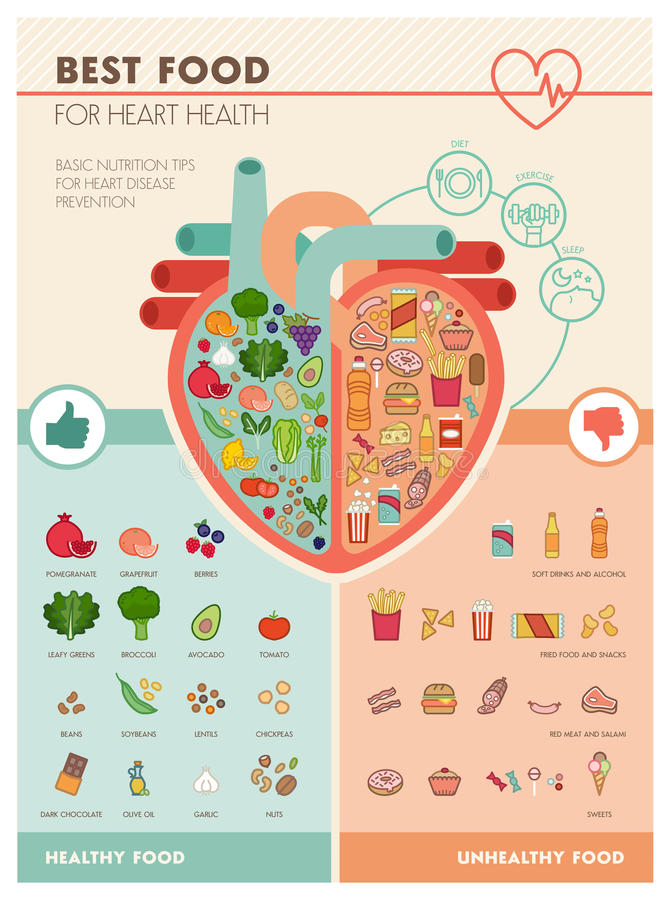
The ancient Chinese, Romans, and Indians were the first to create salt using this method. The Buddha showed the world how to store and collect salt in the fifth century BC. The Romans used ceramic containers (called briquetage) to collect the brine. The concentrated salt was then scraped and washed away by workers. The brine was then placed in shallow pans. They were then set on clay pillars over a peat fire. The workers then sold the dried and powdered salt to the New World colonists. In the New World, slaves were brought from Africa to rake salt on various islands in the West Indies, such as the Bahamas and Turks and Caicos Islands.
Although most people are familiar enough with table salt, many don't know how sea salt is created. Although table salt contains sodium chloride as its main ingredient, sea salt can also contain other minerals such as magnesium and iron. These minerals are present in trace amounts in sea sal, and they are also included in salt crystals. While it is best to use this mineral in moderation, adding a pinch to your dish will add extra nutrition and mineral nutrients.

Sea salt is the most commonly used type of salt. It originates from warm climates and is harvested by flooding man-made pools with salt water and waiting for it to evaporate. The water evaporating from the man-made pool will leave behind the crystals. These man-made salt works are also known as salt works. Harvesting salt takes many billions of years. Salt can be harvested in many different ways.
The production of sea salt is complex. The first step in sea salt production is extraction of seawater. The first step is to evaporate the water from the ocean. The water is allowed to dry in the ocean to become concentrated. Once the process is complete, sea salt is ready for sale. The final product will be labeled "unrefined" or "refined". Unrefined sea salt may be gray or contain trace minerals or marine bacteria that contribute to its complex flavor.
The process of harvesting sea salt is very simple. Salt crystals are formed at the bottom of water and are almost dry. To remove impurities, you can pour off water and scrape off the salt's top layer. This is an excellent method to collect sea sal. It is affordable and widely accessible. It is available in many countries. Once harvested, the salt can be used for human consumption. It is versatile in its use.

Extracting salt from seawater is similar to extracting salt water. The process for each is however different. Some sea salts may be extracted from the Earth, while others can only be harvested from the sea. In the latter case, the extraction of the salt is done using chemicals. To obtain iodine, minerals are removed from seawater. Besides iodine, the salt is also processed to remove minerals that make it edible.
FAQ
What amount of exercise is necessary to lose weight?
The amount of exercise needed for weight loss depends on several factors, including age, gender, body type, and how much you weigh. However, the majority of people require at least 30 minutes of moderate exercise five days a week.
The American College of Sports Medicine recommends that you do 150 minutes of moderate intensity aerobic activity per week. This should be spread over three days.
You can lose 10 pounds by doing 300 minutes of moderate-intensity exercises each week, for example. You can do this by walking fast, swimming laps or biking, as well as playing tennis, golfing and hiking, or jogging, running or other similar activities.
If you're just starting out, consider doing 20 minutes of vigorous activity thrice weekly. It could be sprinting, lifting weights, jumping rope or fast walking.
Aerobic exercise helps to build muscle mass and burn calories. Muscles burn more calories than fat. You may be able to achieve your goal quicker by building muscle and losing fat.
Do cardio exercises work fast to help me lose weight?
Cardio exercises can be great for burning calories but not necessarily helping you lose weight. It all depends on how many calories you've stored and what type exercise you do.
Cardio exercises may not be sufficient to lose weight if you are overweight.
It is important to combine them with exercise and diet.
If you are looking to lose weight quickly, cardio exercises such as running and jogging can be helpful. These cardio exercises burn more calories than any other type of exercise.
However, if you want to gain muscles instead of losing fat, you must perform resistance training. Resistance training requires the use of free weights and machines as well as elastic bands.
For fast weight loss, combine cardio with resistance training.
For fast weight loss, combine resistance and cardio training.
How long should I do Intermittent fasting to lose weight?
It's not as easy to answer as you might think. There are many factors that need to be taken into consideration when deciding how many days of fasting is necessary for optimal fat loss. These are:
-
Your age. For example, if you're young (under 40), intermittent fasting may be too difficult for you because you have less time to recover from each day's fast. If you are older than 60, you might find it difficult to maintain a prolonged period of daily fasting.
-
Your current body composition. Your current body composition. If you have a lot more muscle mass than you need, then you will likely be more successful with longer fasting periods. You may find shorter fasting more beneficial if your muscle mass is low.
-
How physically active are you. You may need to increase your fasting time if you exercise often. This will ensure you get enough rest between workouts.
-
Your medical history. Patients with certain medical conditions, such as heart disease, diabetes, or cancer, may need additional fasting monitoring.
-
What is your tolerance for stress? Stressful situations often make us eat less. To avoid this, you might want to increase the lengths of your fasting window.
-
The type of diet you follow. Certain diets, like ketogenic diets, may require even longer fasting periods.
-
The quality of sleep you receive. Insufficient sleep has been associated with decreased metabolism and increased appetite. It could take some experimentation to discover the best method for you.
-
The amount of protein that you consume. Protein stabilizes blood sugar levels. Therefore, eating more protein could result in lower insulin levels. This would allow you be more consistent in your fasting.
-
No matter if you are trying gain or lose weight. People trying to gain weight often need longer fasting periods than people trying to lose weight.
-
How many calories do you consume in your fasting windows? You may lose more weight if you eat fewer calories each day than if you eat more.
-
Your fitness level. Faster people are more likely to be fit, and burn more calories during the day.
-
Your gender. Women tend to have a greater appetite than men, so they might need to fast for longer periods. Women have smaller appetites than men, so they may need to fast just 20-30 minutes each day.
-
Your lifestyle. Are you someone who gets plenty of physical activity? Do you exercise multiple times a week or do you just go to the gym? Is your job a long, sedentary one? These factors could affect how much you should fast.
-
How much do you spend per month on food? Eating healthy foods doesn't necessarily mean spending much money on groceries. Whole grains are better than white bread and whole fruits are better than candy bars. Lean meats can also be saved.
-
It's important to manage your hunger. If you don't want to skip meals, you might not need to fast as long as other people do.
Is there a difference between intermittent fasting, calorie restriction, and intermittent fasting?
Calorie restriction means eating less calories than your body requires. Intermittent fasting, on the other hand, doesn't restrict calories. Instead, Intermittent Fasting is about eating fewer calories per day.
Intermittent fasting allows you to indulge in foods that you love while feeling guilt-free.
However, both methods have their pros and cons. You have to decide which method you prefer.
Statistics
- One study in 9 active men found that HIIT burned 25–30% more calories per minute than other types of exercises, including weight training, cycling, and running on a treadmill (18Trusted Source (healthline.com)
- It's estimated that half of all American adults attempt to lose weight every year (1Trusted (healthline.com)
- A 12-week study in 20 women with obesity found that walking for 50–70 minutes 3 times per week reduced body fat and waist circumference by an average of 1.5% and 1.1 inches (2.8 cm), respectively (healthline.com)
- According to Harvard Health, it's estimated that a 155-pound (70-kg) person burns around 167 calories per 30 minutes of walking at a moderate pace of 4 mph (6.4 km/h) (5). (healthline.com)
External Links
How To
How to Intermittent Fasting
Intermittent fasting refers to a diet where you only eat one day per semaine, typically Monday through Friday. The goal is to decrease your overall calories and still get adequate nutrition. It is believed that this will help you burn fat quicker than if the meals are regular for the whole week.
The most common type of IF is to restrict calories on specific days of the week. This means that you might skip breakfast every day and then indulge in whatever food you desire throughout the day. You could choose to eat three small meals per day rather than two big ones.
Many forms of intermittent fasting are available, such as alternate day fasting (5/2 fasts), 8/4 fasts and 16/8 fasts. There are pros and cons to each type of intermittent fasting. Alternate-day fasting is the easiest method to get started because it doesn't require any significant lifestyle changes. However, for some people it can be difficult to follow a strict diet, so they may prefer to explore other options.
Alternate-day fasting is a good option if you are looking to begin an intermittent fasting program. This will allow to slowly transition to more extreme fasting regimens without drastically changing your lifestyle.